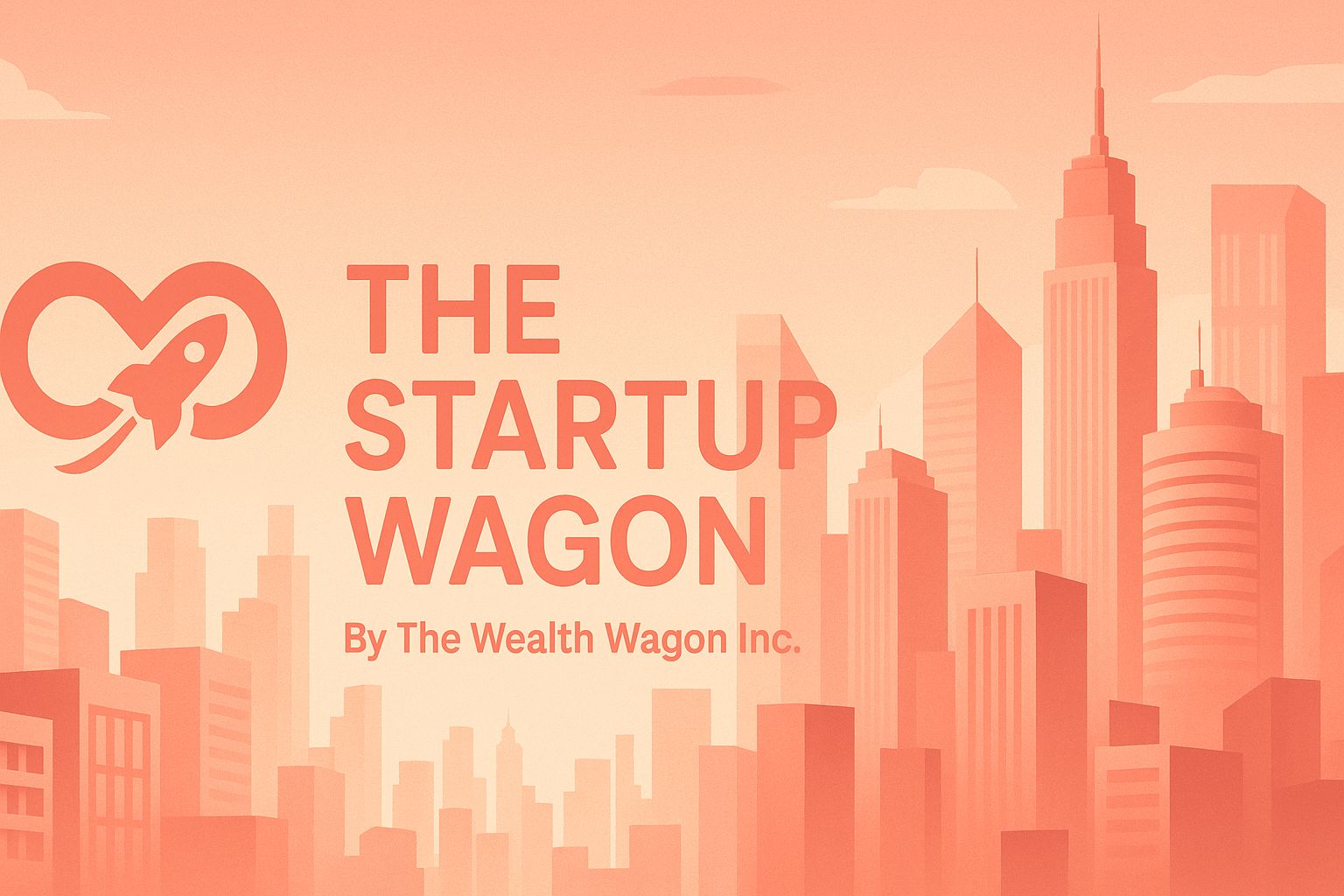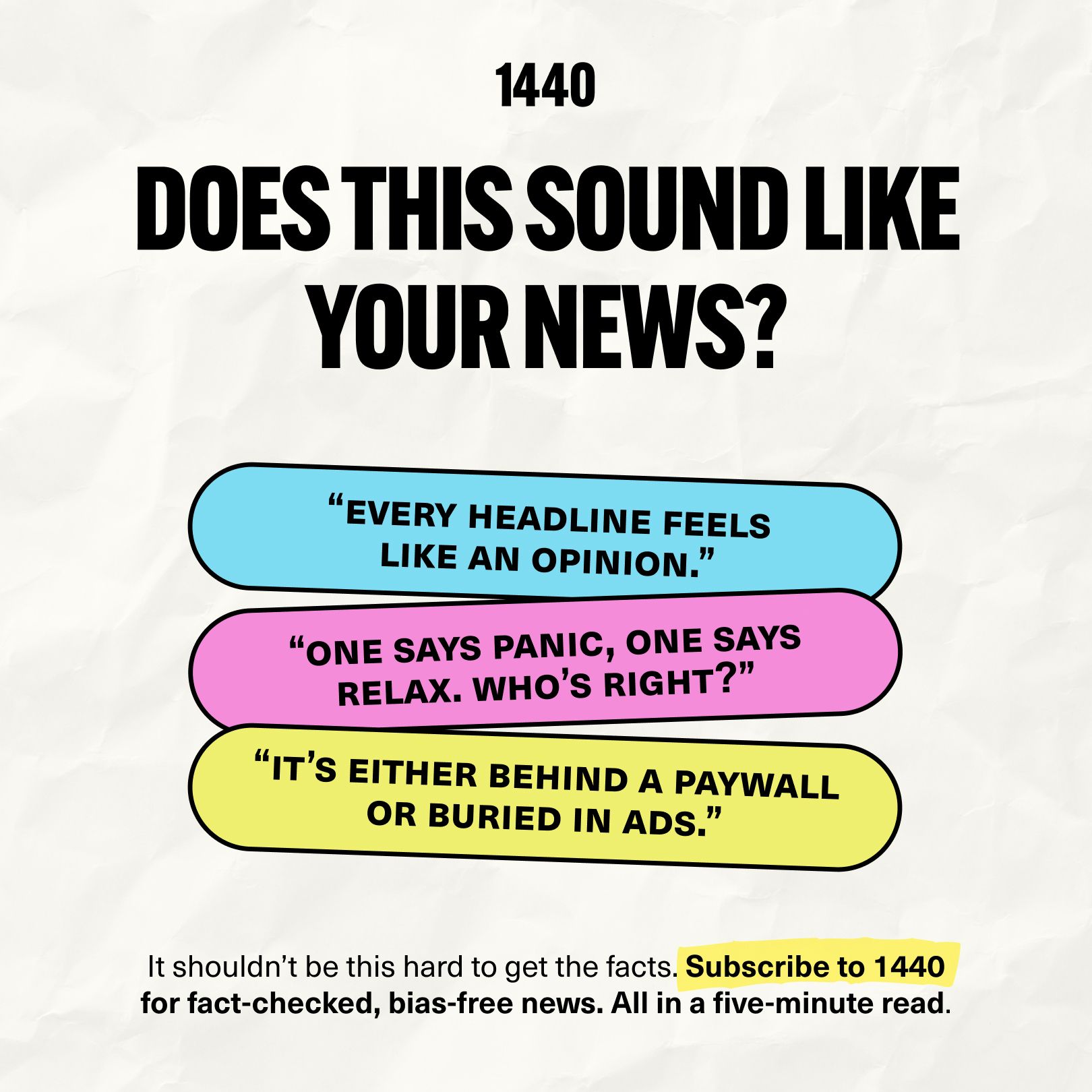- The Startup Wagon
- Posts
- Your Daily Dose Of Knowledge - #7 - November 1, 2025
Your Daily Dose Of Knowledge - #7 - November 1, 2025
Read More
November 1, 2025

Welcome Back,
Hi there
Good morning! In today’s issue, we’ll dig into the all of the latest moves and highlight what they mean for you right now. Along the way, you’ll find insights you can put to work immediately
— Ryan Rincon, Founder at The Wealth Wagon Inc.
PRESENTED BY 1440 MEDIA
Looking for unbiased, fact-based news? Join 1440 today.
Join over 4 million Americans who start their day with 1440 – your daily digest for unbiased, fact-centric news. From politics to sports, we cover it all by analyzing over 100 sources. Our concise, 5-minute read lands in your inbox each morning at no cost. Experience news without the noise; let 1440 help you make up your own mind. Sign up now and invite your friends and family to be part of the informed.
Today’s Post
The Art of Prioritizing Features: MVP vs. V1
If you’ve ever built a startup product, you’ve probably asked this question:
“Should we add this feature now… or wait?”
Welcome to one of the hardest parts of building a company — feature prioritization.
Early-stage founders often fall into the “build it all” trap. You want to impress users, beat competitors, and deliver every idea in your Notion board. But more features don’t mean more value — sometimes, they mean more confusion.
The secret? Knowing the difference between your MVP (Minimum Viable Product) and your V1 (Version One). Let’s break it down.
1. What’s the Real Goal of an MVP?
Your MVP isn’t supposed to be a masterpiece. It’s not even supposed to be “good.”
The goal of an MVP is simple:
👉 Test a hypothesis and learn fast.
It’s your first real experiment to see if your idea solves a real problem for real people.
Think of it as your product’s “pilot episode.”
If people love it, you make more. If they don’t — you change the script.
Examples of MVPs that worked:
Dropbox – Started with a demo video showing the concept before they built anything.
Airbnb – Launched with one listing and a few photos to test if people would pay to stay in someone else’s home.
Zappos – Took pictures of shoes in stores, posted them online, and fulfilled orders manually.
All of these MVPs had one thing in common: they tested demand before scaling the product.
2. MVP vs. V1: The Big Difference
Here’s the simple rule:
MVP = Learning tool.
V1 = Selling tool.
Your MVP helps you answer questions like:
“Do people want this?”
“Are they willing to pay?”
“What part of this experience matters most?”
Your V1, on the other hand, is the first real product people expect to rely on. It should feel polished, stable, and clear — the version you’re comfortable marketing, onboarding users into, and scaling.
In short:
Build your MVP to learn.
Build your V1 to grow.
3. How to Prioritize Features Like a Pro
Okay, so you’ve validated the idea. Now what makes the cut for V1?
Here’s a proven approach used by top startups:
🧠 Step 1: List Every Possible Feature
Dump every idea into a list — no filtering yet. This is your brainstorming stage.
💬 Step 2: Rank Each by “User Value” and “Effort”
For each feature, ask:
How much will this actually help users?
How hard or expensive will it be to build?
Plot them on a simple grid:
High value, low effort → Build first.
High value, high effort → Build later.
Low value, low effort → Maybe.
Low value, high effort → Delete it.
📊 Step 3: Use the “MoSCoW” Framework
Categorize features as:
Must-Have: Core to the product’s function.
Should-Have: Adds strong value but not essential.
Could-Have: Nice to have someday.
Won’t-Have (for now): Leave it out.
This keeps you focused and helps your team avoid scope creep — the silent killer of timelines.
4. Keep Feedback Loops Tight
The biggest mistake founders make after launch? Going silent.
Once users start interacting with your product, feedback becomes gold.
Here’s how to use it effectively:
Track what users actually do (analytics > opinions).
Talk to early adopters weekly. Ask what confused them or what they love most.
Identify recurring pain points — those are your next features.
If you’re not hearing from users at all, that’s also data. It might mean your MVP didn’t solve a strong enough problem.
5. Beware of “Feature Creep”
Feature creep is when your product turns into a Swiss Army knife that no one knows how to use.
Every “just one more thing” slows your roadmap, adds complexity, and muddies your message.
Before adding a new feature, ask:
Does this help 80% of users?
Does it support the core value proposition?
Will it make onboarding harder?
If the answer is “no” to any of those, save it for later.
Remember: great products don’t grow by adding — they grow by refining.
6. Your V1 Should Be Focused, Not Fancy
V1 is where you move from learning to earning — but don’t confuse polish with purpose.
Your product should be:
Simple to use.
Reliable.
Laser-focused on solving one clear problem.
You can always add layers later — integrations, advanced features, personalization. But if you nail that one pain point early on, users will stick around long enough for the upgrades.
“If you try to please everyone, you’ll end up pleasing no one.” — Product proverb every founder should remember.
Final Thought
The difference between a scrappy startup and a successful one often comes down to focus.
Your MVP proves the idea works.
Your V1 delivers on that promise.
Don’t rush to build everything — build the right thing.
Because startups don’t die from lack of features; they die from lack of clarity.
So, before your next sprint, ask yourself:
“Is this feature essential… or just exciting?”
The best founders know the difference. 🚀
That’s All For Today
I hope you enjoyed today’s issue of The Wealth Wagon. If you have any questions regarding today’s issue or future issues feel free to reply to this email and we will get back to you as soon as possible. Come back tomorrow for another great post. I hope to see you. 🤙
— Ryan Rincon, CEO and Founder at The Wealth Wagon Inc.
Disclaimer: This newsletter is for informational and educational purposes only and reflects the opinions of its editors and contributors. The content provided, including but not limited to real estate tips, stock market insights, business marketing strategies, and startup advice, is shared for general guidance and does not constitute financial, investment, real estate, legal, or business advice. We do not guarantee the accuracy, completeness, or reliability of any information provided. Past performance is not indicative of future results. All investment, real estate, and business decisions involve inherent risks, and readers are encouraged to perform their own due diligence and consult with qualified professionals before taking any action. This newsletter does not establish a fiduciary, advisory, or professional relationship between the publishers and readers.

